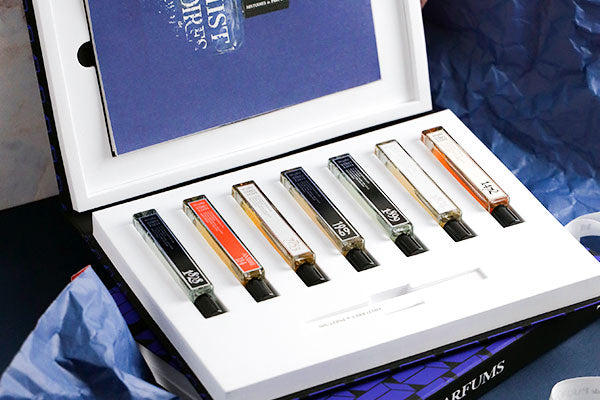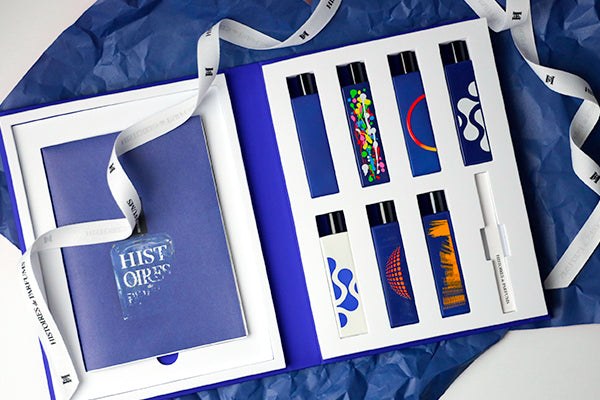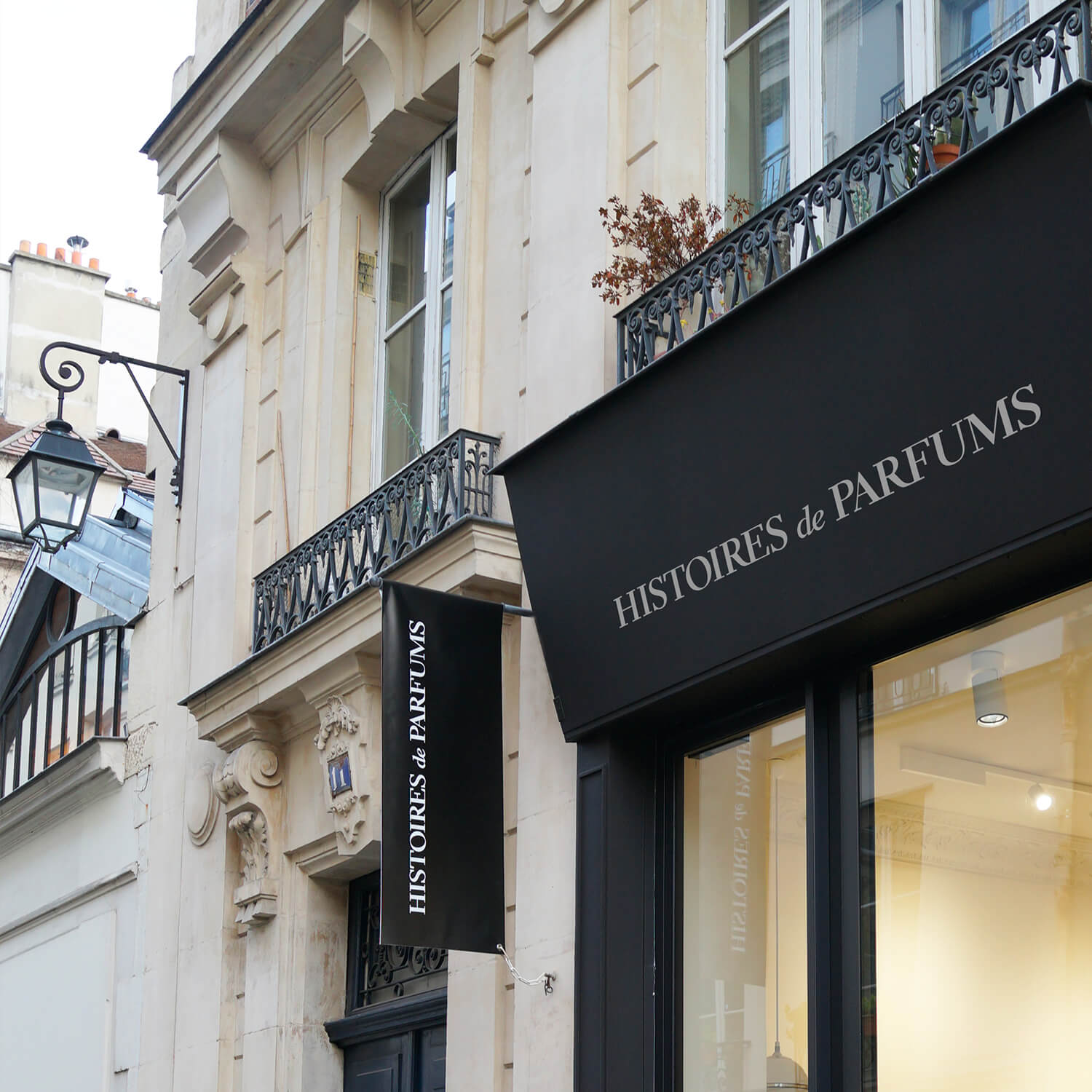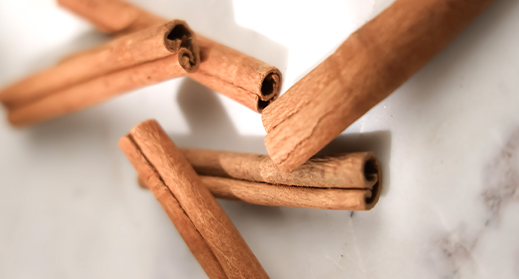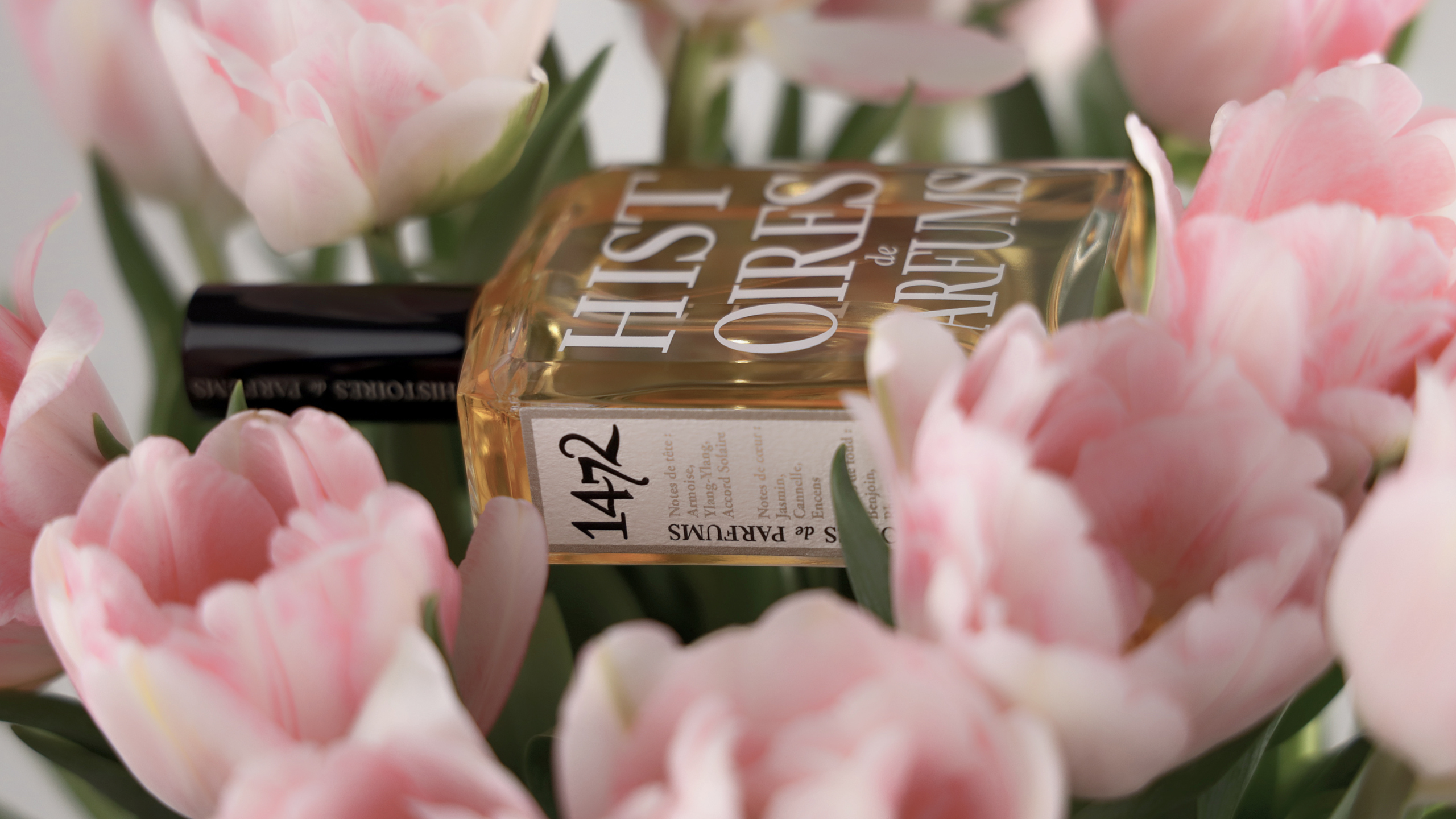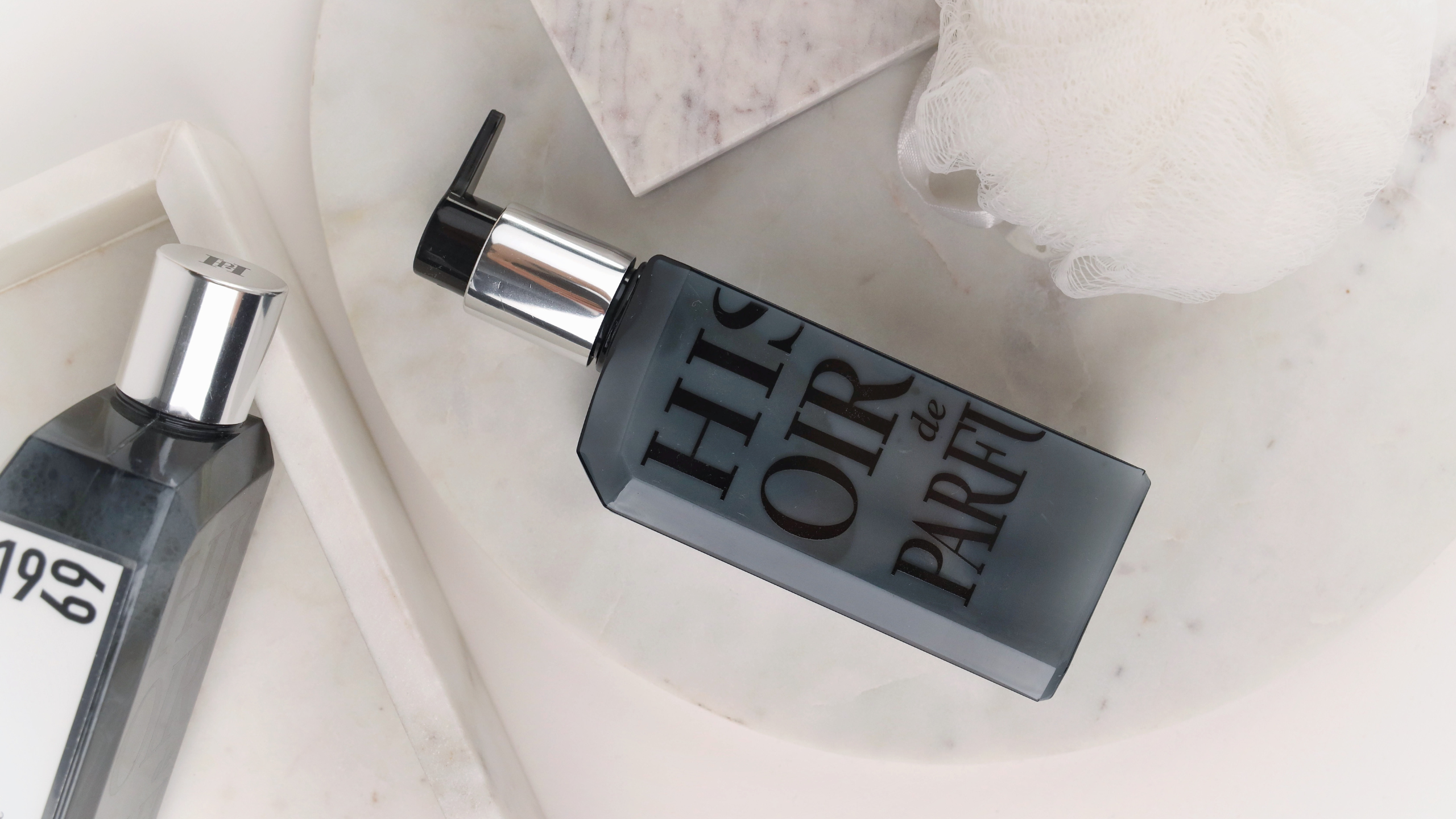
Perfume, your new skincare routine
It would seem superficial to associate health virtues with perfume, yet this is the role it played until the end of the 18th century. While it is true that fragrances were a way for humanity to get closer to the deities they worshipped, they were also - and above all - used for their therapeutic benefits. Whether it is the Papyrus of Ebers in the 15th century BC, the Shennong Bencao in the 5th century, the University of Montpellier or the School of Salerno, there is no shortage of literary evidence of the use of plants and perfumes for prophylactic purposes. If it is true that we are far from the time of the alchemists and copyists, it is not absurd to approach perfume from another angle than that of cosmetics alone.
That's what this article is all about: how to combine perfume with your skincare routine?
A perfume for every mood.
Let's start with the obvious: the fragrance you wear. One of the first ways to introduce fragrance into a skincare dimension is to recognise that, just as we are not equal in mood, we should not be equal in fragrance. Not that we should blame the legitimate search for a scent that is unique to us and immediately defines us in whatever space we are in, but the natural tendency to associate a scent with a memory or event can, as such, make our scent a surreptitious object of oppression.
Allow us to give an example reported by one of our clients: having worn her faithful perfume during the years of her divorce, she always found herself inhabited by a nostalgic feeling, wherever she went, without understanding its origin. All we had to do was suggest that she change her perfume and she suddenly felt a new, lighter energy.
As our consumption patterns evolve, it is less and less rare to come across people with several perfumes in rotation, which is less a luxurious whim than a completely natural reflex. Just as we dress or apply make-up according to our mood or the weather, it is also logical to do the same with our fragrances. By doing so, we avoid the pitfall of alienating our favorite perfume by associating it with an unpleasant period in our lives.
Changing perfume is thus a way of changing ourselves, of changing the way we project ourselves into the world and how we are received in it. It is a subversive way of daring to be different: daring to be mysterious with 7753 or daring to be a diva with 1889; daring to be unapproachable with Rosam or charismatic with Veni; daring to be indolent with 1472 or daring to be lascivious with 1876. The possibilities are both infinite and risk-free, except for the possibility of discovering oneself in a different way - and perhaps of loving oneself in this way.

A perfume house for house fragrances
When we mentioned the School of Salerno, we were referring to the medieval traditions that made perfume an object of medicine. It was not so much a matter of perfuming oneself as of taking a medicine but rather of using the virtues attributed to plants to purify one's interior. The principle of aromatherapy thus predates our era by a long time. Although it is now difficult to find an apothecary who prepares incense from plants in his garden, it is nevertheless easy to obtain essential oils to be diffused in our living space, to improve the ambient odor certainly, but above all to raise our spirits.
It should be noted that aromatherapy is not magic, it is based on the proven benefits of the molecules that make up the smell of the plants we use, which can sometimes number in the hundreds (about 120 molecules for an essential oil of lavender).
Feeling sluggish? Opt for peppermint essential oil, reputed to be tonic and energizing. Feeling blue? Opt for real lavender essential oil, reputed to be calming. Feeling cold? Opt for savory essential oil, used for centuries in fumigation to protect against pestilential miasmas. Stress? Opt for a sweet orange essential oil, slightly sweet and hospitable. Here again, the possibilities are endless.
A few drops on a diffuser will suffice to perfume your atmosphere and, according to the wisdom of the ancients, always opt for the scent you like best - that's what you need.
Another effective and even more mystical way to perfume your home is through fumigation, a method that was never reserved for churches, Tibetan monasteries or yoga sessions. It's easier than it sounds. All you need is a coal, a heat-resistant saucer and a resin or fragrant plant of some kind - the word incense comes from the Latin incensum, meaning any material to be burned.
This can be white sage or palo santo, but also any aromatic plant that is available to you - thyme, oregano, cinnamon, cloves, such were the plants used in the making of incense in medieval Europe. Others will choose oud, a precious wood from India whose fragrance has permeated Islamic cultures since the 10th century. As for us, we recommend fumigations of Omani olibanum, rich in boswellic acids which have been proven to have antidepressant properties.

Skin scents.
Another way to introduce your fragrance into your skincare routine is to introduce it into your beauty routine, through scented shower gels or body milks. According to a Canadian study published in the journal "Social Psychological and Personality Science", washing leads to a drastic decrease in anxiety levels. It's no secret that showering at the end of the day is always so enjoyable and liberating - removing residue from your body thus suggests a deeper psychological separation, according to the study.
By bringing your favourite fragrance into the shower bubble, you'll associate that release with a scent you hold dear, as well as delicately scenting your skin. By continuing this routine with a body lotion, you'll associate the same fragrance with a restorative act - moisturizing and massaging the tissues.
Note that a fragrance lasts longer on properly moisturised skin. While we strongly advise against applying your fragrance after a shower, when your skin is dry and your pores are dilated, which can lead to an epidermal reaction, we do invite you to cream your neck, nape and wrists to prepare your skin before applying your fragrance.


